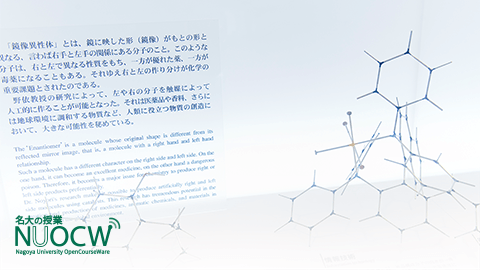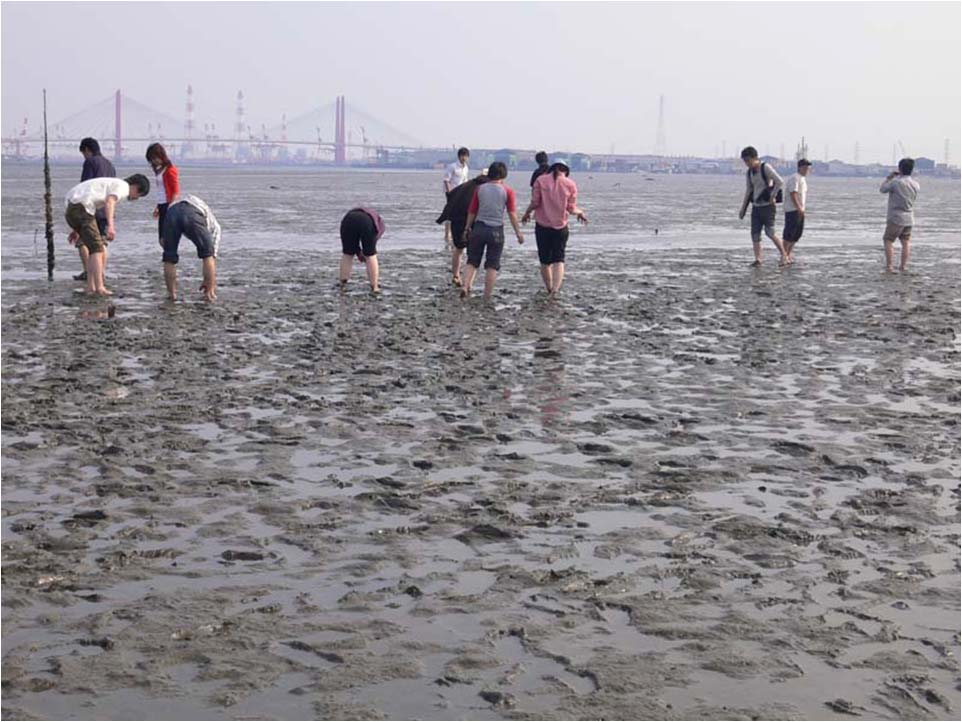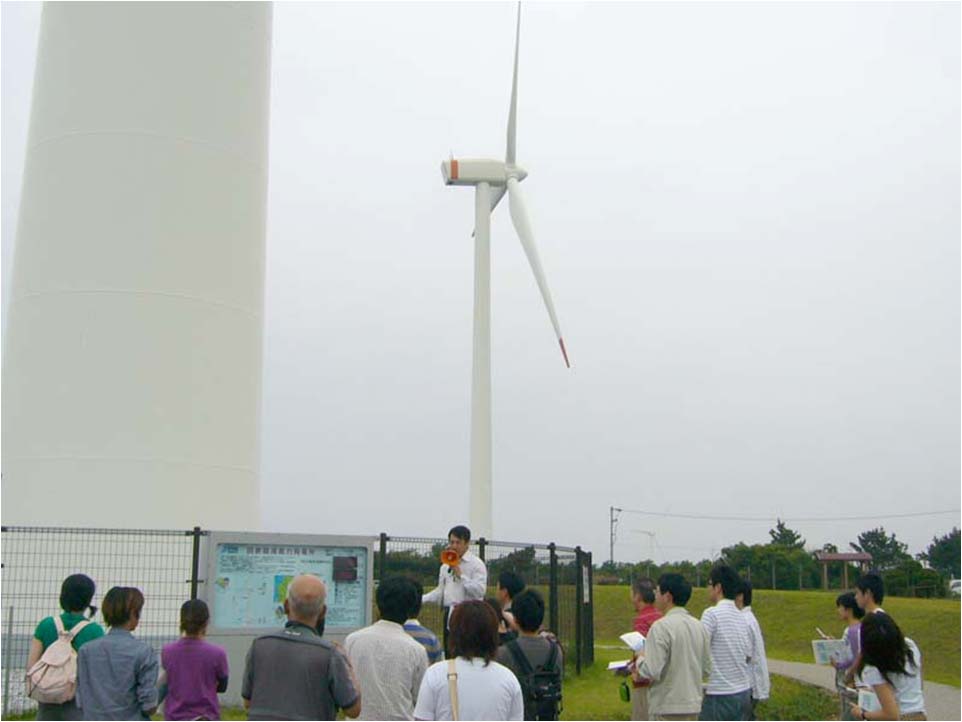
Law and the Environment
Graduate School of Environmental Studies
Yoko MASUZAWA, Assoc …
Last updated: 2020/04/29
The Nagoya University Graduate School of Environmental Studies was established in 2001, at the dawn of the 21st century. The graduate school combines studies in the humanities and sciences consisting of the Departments of Earth and Environmental Sciences, Environmental Engineering and Architecture, and Social and Human Environment. Our school was formed by incorporating faculty from the Schools of Science, Engineering, Letters, Informatics and Sciences, and from the former Institute for Hydrospheric-Atmospheric Sciences. In total about 7% of the entire faculty of Nagoya University moved to the newly established graduate school. Our basic educational principle is to conduct research into the environment through collaboration between the humanities and natural sciences founded on two main pillars: sustainability studies and safety and security science.
Our emphasis on promoting the integration of the humanities and natural sciences, enables us to offer cross-disciplinary courses, which are common to the whole of the graduate school. These courses are based on the idea of training our graduate students to become leaders who are either generalists with their own specialty but also with a broad general knowledge, or specialists with a deep understanding of one specific field combined with a sound knowledge of other fields. The common educational objective is to foster leaders who possess a wide range of skills. In the ten years and more since the establishment of the Graduate School, I feel the cross-disciplinary courses have made valuable contributions. These courses are designed to accommodate students with backgrounds in the sciences, engineering, or the humanities, which means students from a wide range of other graduate programs can also earn credits here. They are also parts of the Education for Sustainable Development (ESD) Program in collaboration with the graduate school of Environment Studies, the graduate school of International Development, the graduate school of Bioagricultural Sciences, the graduate school of Economics, and the graduate school of Engineering, which started in April, 2013.
Two education programs, the Integrated Environmental Studies Course which follows a Global Center of Excellence (GCOE) Program entitled "From Earth System Science to Basic and Clinical Environmental Studies", and the Nagoya University Global Environmental Leaders Program (NUGELP), have been pursued with the collaboration of interdisciplinary teams from the Graduate School of Bioagricultural Sciences, the Graduate School of Engineering, and the Graduate School of International Development. Some of the studies in these projects are part of the ESD program described above. The objective of these programs is to provide training for the participating students to become leaders in their fields after graduating and taking on roles as active members of society.
Another feature of our graduate school is the great diversity of the faculty, who devote themselves both to deepening understanding in their own speciality and also striving to cultivate new fields working in concert with researchers from different fields. The Disaster Mitigation Research Center, established in 2012, was developed as a spin off from the Graduate School of Environmental Studies to contribute to safety and security studies. In addition, following the Disaster Mitigation Research Center, the Education and Research Center for Sustainable Co-Development was newly established in April, 2014 as an organization to support the Integrated Environmental Studies Course mentioned above NUGELP, and make a contribution to Sustainability studies. We are also closely working with the Research Institute for Humanity and Nature in Kyoto and the National Institute for Environmental Studies in Tsukuba. In this way, a wide range of unique studies are conducted at the Graduate School of Environmental Studies.

“Environmental Studies Field Seminar” — a visit to the Fujimae tidelands. We enter the tidelands, and try to actually find the living organisms within. The soft mud is comfortable beneath our feet.

“Environmental Studies Field Seminar” — a visit to a Wind Power Station. We hear about the present situation and future of wind power generation from Toyota Tsusho.
Graduate School of Environmental Studies